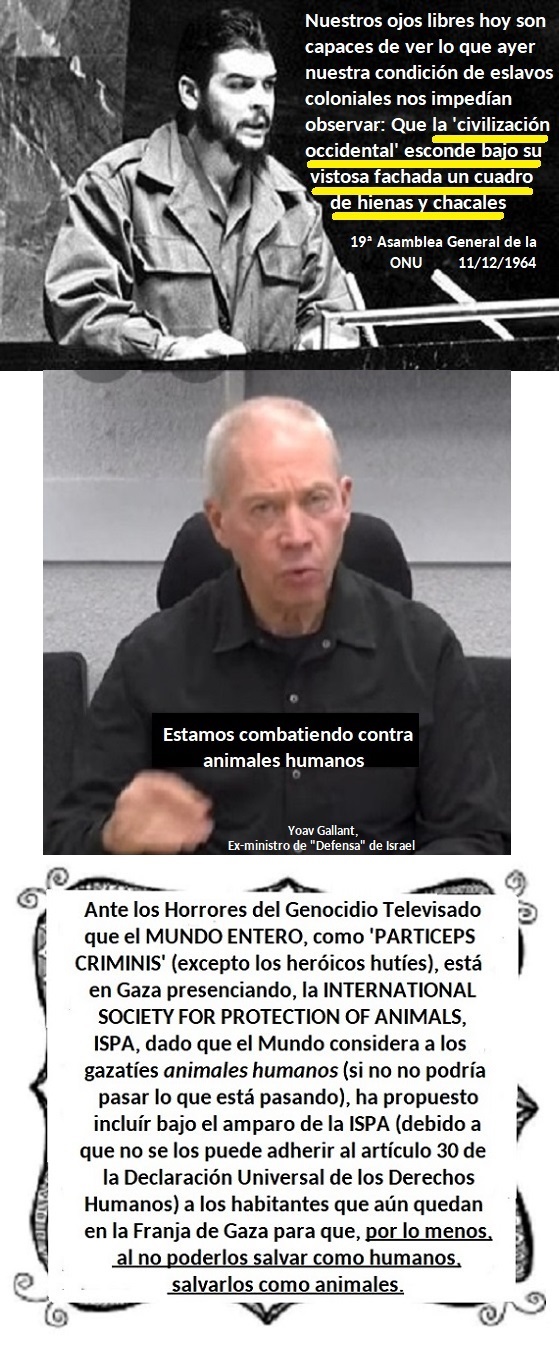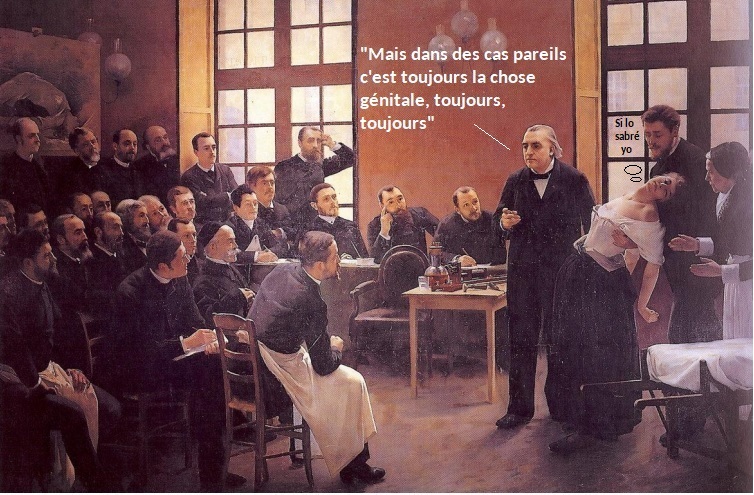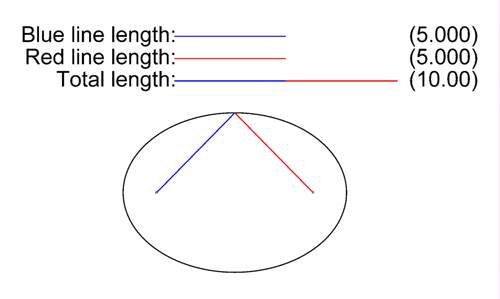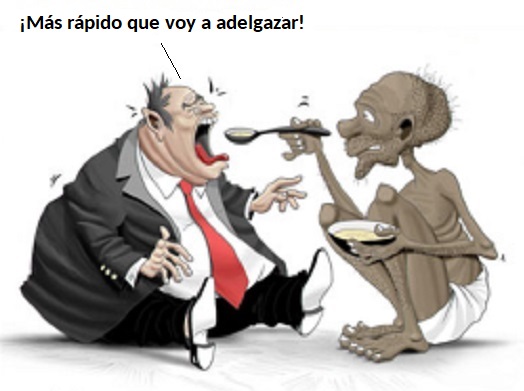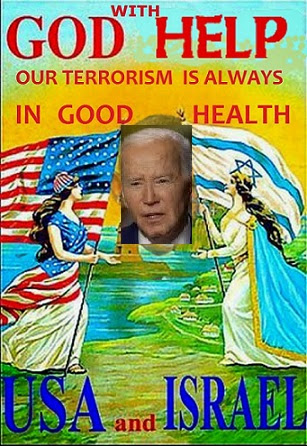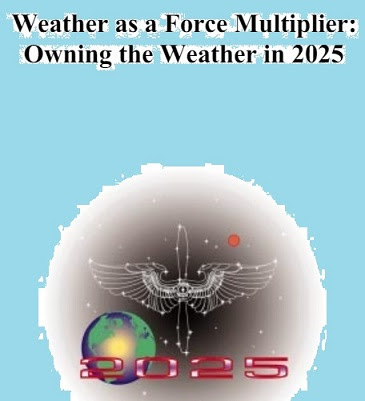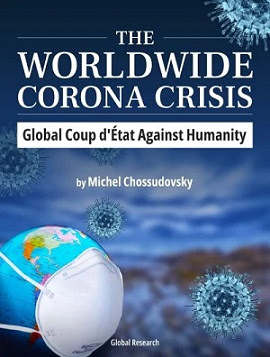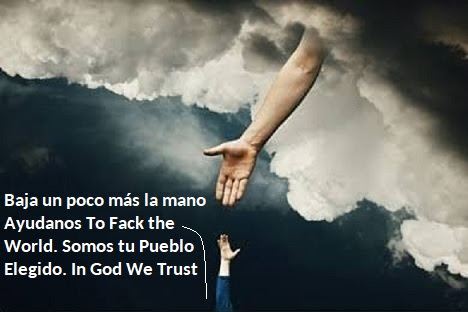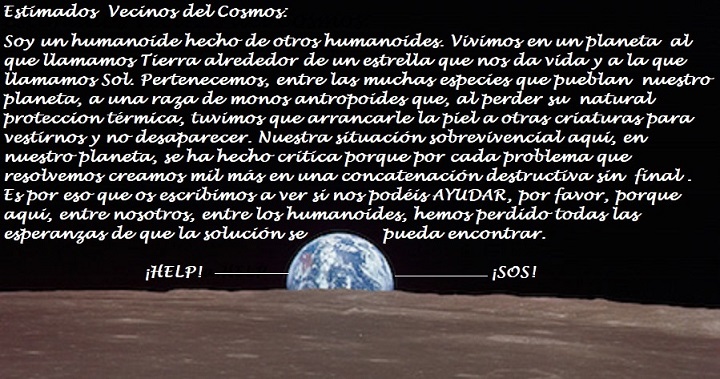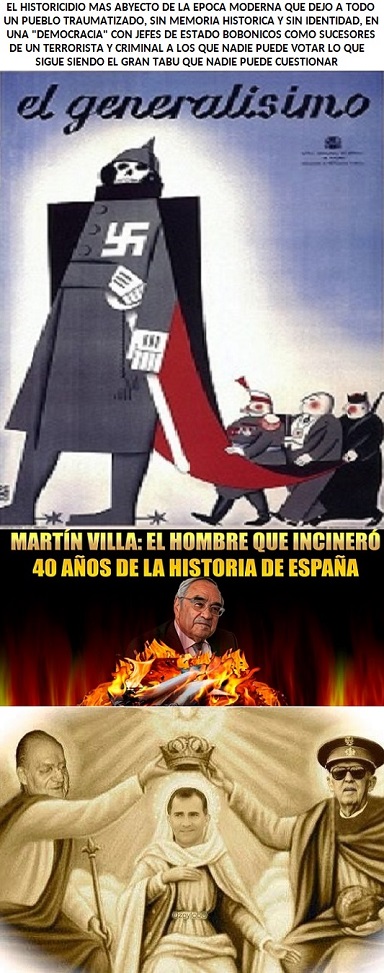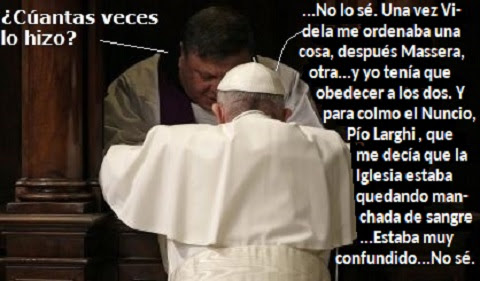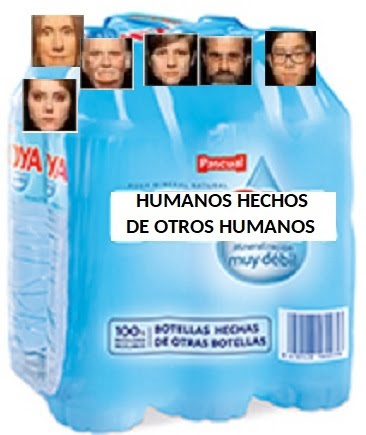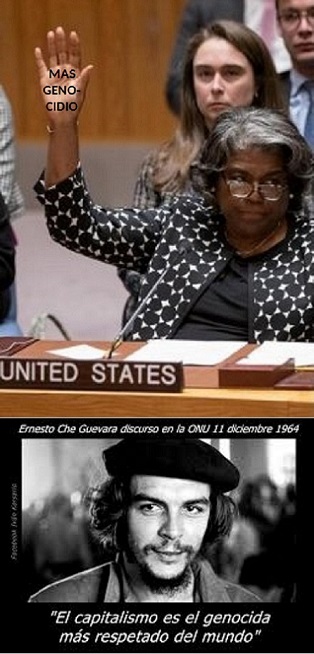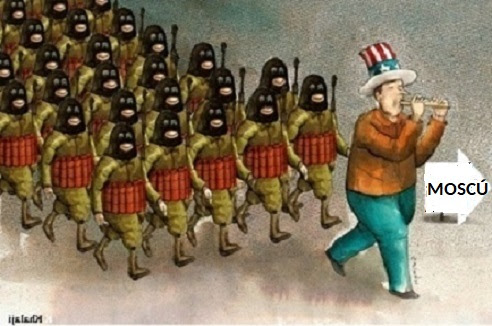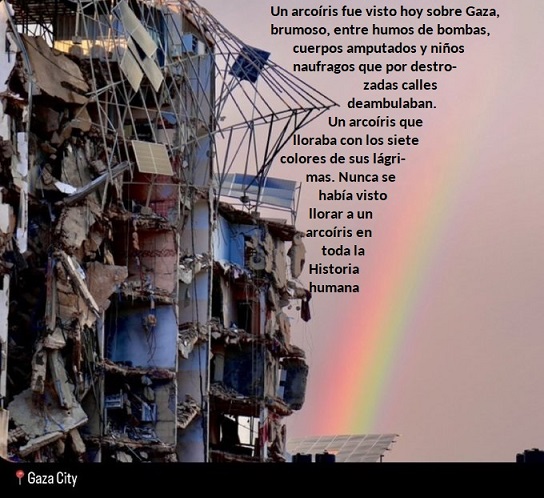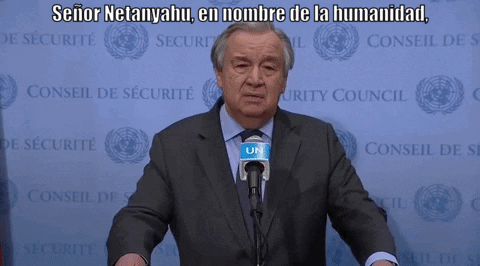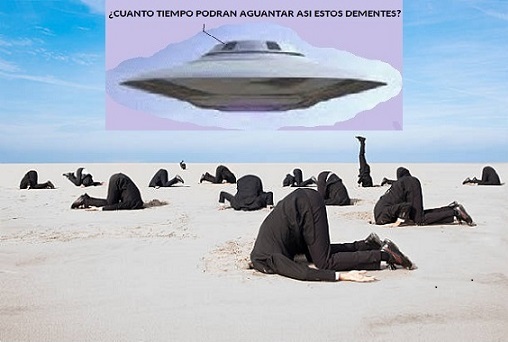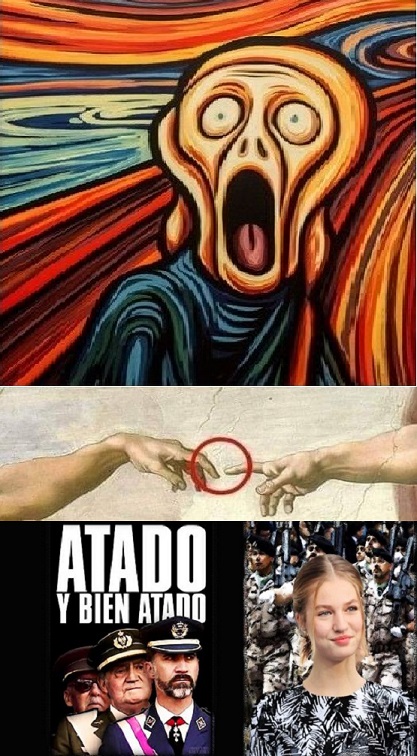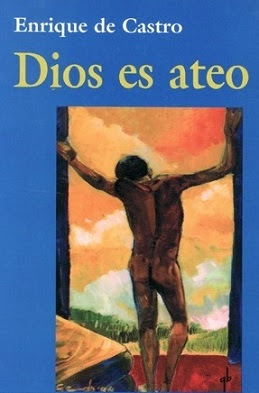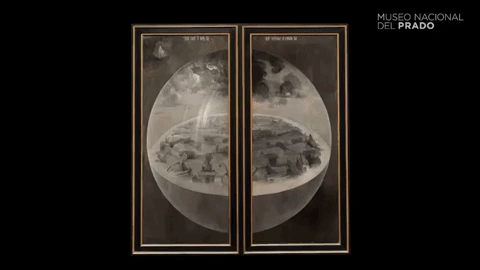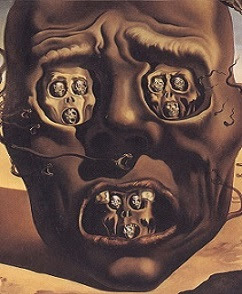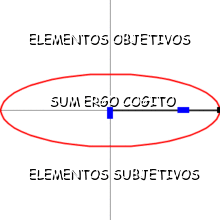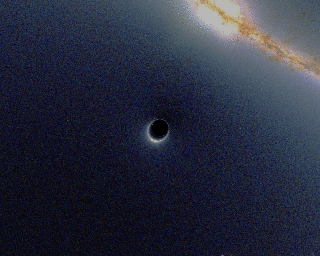Representacion del dios Crono, como es habitual indiferenciado de Chronos (Saturno, en la mitología romana), en el acto de devorar a uno de sus hijos. La figura era emblema alegórico del paso del tiempo, pues Crono se comía los hijos recién nacidos de Rea, su mujer, por temor a ser destronado por uno de ellos.
El tema de Saturno está relacionado, según Freud, con la melancolía y la destrucción, y estos rasgos están presentes en las Pinturas negras. Con expresión terrible, Goya nos sitúa ante el horror caníbal de las fauces abiertas, los ojos en blanco, el gigante avejentado y la masa informe del cuerpo sanguinolento de su hijo.
El cuadro no solo alude al dios Chronos, que inmutable gobierna el curso del tiempo, sino que también era el rector del séptimo cielo y patrón de los septuagenarios, como lo era ya Goya.
El acto de comerse a su hijo se ha visto, desde el punto de vista del psicoanálisis, como una figuración de la impotencia sexual, sobre todo si lo ponemos en relación con otro de los frescos que decoraban la estancia, Judit matando a Holofernes, tema pictórico en el que la bella joven judía Judit invita a un banquete libidinoso al viejo rey asirio Holofernes, entonces en guerra contra Israel y, tras unirse sexualmente a él, lo decapita.
El hijo devorado, con un cuerpo ya adulto, ocupa el centro de la composición. Al igual que en la pintura de Judit y Holofernes, uno de los temas centrales es el del cuerpo humano mutilado. No solo lo está el cuerpo atroz del niño, sino también, mediante el encuadre escogido y la iluminación de claroscuro extraordinariamente contrastada, las piernas del dios, sumidas a partir de la rodilla en la negrura, en un vacío inmaterial.
In Greek mythology, Chronos (Ancient Greek: Χρόνος) in pre-Socratic philosophical works is said to be the personification of time. His name in Modern Greek also means "year" and is alternatively spelled Chronus (Latin spelling).
Chronos was imagined as an incorporeal god. Serpentine in form, with three heads—that of a man, a bull, and a lion. He and his consort, serpentine Ananke (Inevitability), circled the primal world-egg in their coils and split it apart to form the ordered universe of earth, sea and sky. He is not to be confused with the Titan Cronus.
He was depicted in Greco-Roman mosaics as a man turning the Zodiac Wheel. Often the figure is named Aeon (Eternal Time), a common alternate name for the god.
Chronos is usually portrayed through an old, wise man with a long, gray beard, such as "Father Time". Some of the current English words whose etymological root is khronos/chronos include chronology, chronometer, chronic, anachronism, and chronicle.
Saturn is often identified with the Greek Cronus. In Hesiod's Theogony, a mythological account of the creation of the universe and Zeus' rise to power, Cronus is mentioned as the son of Uranus (the Greek equivalent of Roman Caelus), the heavens, and Gaia (the Greek equivalent of Terra), the earth. Hesiod is an early Greek poet and rhapsode, who presumably lived around 700 BC. He writes that Cronus seizes power, castrating and overthrowing his father Uranus. However, it was foretold that one day a mighty son of Cronus would in turn overthrow him, and Cronus devoured all of his children when they were born to prevent this. Saturn's wife, Rhea (often identified with the Roman goddess Ops), hid her sixth child, Zeus, on the island of Crete, and offered Cronus a large stone wrapped in swaddling clothes in his place; Cronus promptly devoured it. Zeus later overthrew Cronus and the other Titans, becoming the new supreme ruler of the cosmos.
O SEA, CHRONUS (EL TIEMPO) DEVORA A SUS HIJOS
PARA QUE NO LE OCURRA
LO MISMO QUE EL HIZO CON SU PADRE,
URANUS, AL QUE DEVORO.
ENTONCES, CANIBALIZA A SUS HIJOS,
NO COMO METAFORA SIMBOLICA DE LA DESTRUCCION
QUE CONLLEVA EL "TRANSCURRIR DEL TIEMPO",
SINO QUE SE LOS COME
PARA QUE NO LE QUITEN SU PODER:
CHRONUS NOS TIENE QUE COMER
PORQUE SI VIVIERAMOS SIEMPRE
LE ARREBATARIAMOS EL PODER QUE TIENE.
¿SE REPRESENTA AQUI AL TIEMPO,
AL DIOS CHRONUS,
COMO PODER, NO COMO "TRANSCURRIR"?
¿QUE CLASE DE PODER REPRESENTA EL TIEMPO?:
¿EL PODER SOBRE LA MUERTE?
PORQUE EL TIEMPO NO MUERE,
CHRONUS NO MUERE,
PORQUE SI EL MUERE, MUERE EL MUNDO.
¿PUEDE HABER MUNDO SIN TIEMPO?
¿PUEDE HABER TIEMPO SIN MUNDO?
POR ESO LOS ASTROFISICOS SE PREGUNTAN
SI, ANTES DEL 'BING-BANG',
(ANTES DEL MUNDO)
"HABIA TIEMPO", HABIA CHRONUS
PERO DEJEMOS ESTAS ESPECULACIONES METAFISICAS
Y PASEMOS AL PLANO REAL:
EL 'TIEMPO' NO EXISTE.
EXISTE EL MOVIMIENTO:
(Heraclito estaba en lo cierto cuando decia
que "nunca nos podemos bañar dos veces en el mismo río)
LAS COSAS, LOS OBJETOS, LO INORGANICO, LO ORGANICO,
LA VIDA, EL ENTERO UNIVERSO...SE MUEVEN:
SOLO HAY MOVIMIENTO.-
EN EL SUPUESTO 'ALFA',
EN EL HIPOTETICO "BIG-BANG" DEL MUNDO,
NACIO EL MOVIMIENTO, EL MUNDO, EL UNIVERSO,
NO ES QUE ANTES DE ESTE LLAMADO "BIG-BANG"
NO HABIA NADA, NO HABIA "TIEMPO",
NO: LO QUE NO HABIA ERA MOVIMIENTO:
T O D O E S T A B A P A R A D O.
ENTONCES SE PRODIUJO UNA EXPLOSION
Y EL MO VIMIENTO SE PÙSO EN MARCHA
DICEN LOS FISICOS:
EL UNIVERSO SE "EXPANDE",
DEBERIAN DE HABER AÑADIDO:
"Y SE CONTRAE",
PORQUE DE LA EXPANSION A LA CONTRACCION,
Y VICEVERSA, SURGE EL MOVIMIENTO.
HAY SIEMPRE UN MOVIMIENTO CONTINUO.
POR ESO TODOS LOS INSTRUMENTOS HUMANOS DESTINADOS
"A MEDIR EL TIEMPO" SE MUEVEN,
DESDE EL RELOJ DE SOL AL CRONOMETRO,
PASANDO POR EL RELOJ DE ARENA;
ESTOS APARATOS SOLO PUEDEN MEDIR
"INTERVALOS DE TIEMPO CONVENCIONALES",
PERO NO PUEDEN MEDIR LA ESENCIA Y ALMA DEL "TIEMPO":
SU "VELOCIDAD"
Y NO PUEDEN MEDIR LA VELOCIDAD
PORQUE CADA OBJETO,
ASTRO,
COSA,
PROTON,
ELECTRON,
ORGANISMO,
PIEDRA,
SER O ENTIDAD,
TIENEN "SU PROPIA VELOCIDAD,"
SU PROPIO MOVIMIENTO DIALECTICO INHERENTE A EL MISMO,
A SU CONFIGURACION UNICA.
POR EJEMPLO:
EN FISICA, LA UNIDAD DE TIEMPO ES EL "TIEMPO" --MEDIDO CON RELOJ HUMANO-- QUE "TARDA" LA LUZ EN RECORRER LA DISTANCIA
IMPLICITA EN EL 'NUCLEO DEL ATOMO'
Todos los "Tiempos" son medidos sobre el plano cpmparativo de esta "Unidad":
1 = 4.73 E -23
ESTE ES, CLARO ESTA, EL "MINIMO TIEMPO" EN EL UNIVERSO,
EL "MINIMO MOVIMIENTO" POSIBLE EN EL UNIVERSO:
EL "TIEMPO" QUE TARDA EL "MOVIMIENTO" DE LA LUZ
EN RECORRER EL NUCLEO DEL ATOMO.
(El maximo "tiempo" seria el "tiempo" de ahora mismo hasta el "Big-Bang":
The age of the universe is the time elapsed between the Big Bang and the present day.
Current theory and observations suggest that the universe is about 15 billion years old.
Transformado en segundos seria= 4.73 E17 segundos.
Veamos ahora la "edad del Universo", es decir, su "Movimiento" hasta el presente (15 mil millones de años), pero expresado en UNIT:
4.73 E-23 = 1
4.73 E17 = U
U = 4.73 E17 x 1
______________ = 10 E40
4.73 E-23
Es decir, desde que el Universo nacio, medido este "Tiempo" en UNIT, han pasado
10 E40 UNIT. Pero aqui hay una coincidencia misteriosa que Paul Davies,
en "Other Worlds" (Ed., Simon and Schuster, pag. 171), la expresa de esta manera:
"One of the daunting difficulties facing unified field theorists is the gap in strength between the gravitational and electromagnetic forces. The gravity acting between the constituents of an atom is some forty powers often (10 E40) less powerful than the elecrical attraction. What theory of physics could possibly throw up such an enormously large number? A curious twist to this mystery was first noted by the astronomer Eddington and the physicist Paul Dirac. When we measure intervals of time, we gauge them against some natural period of vibration or rotation: the rotation of the Earth, the oscillations of a quartz crystal or the undulations of a light wave. But now, if we ask, what is the smallest natural UNIT of time whicn has fundamental significance for the structure of matter, we are led to examine the vibrations of atoms and their nuclei. The subatomic particles inside the nuclei of atoms oscillate on a time scale which is incredibly short by everyday standards, about a million-billion-billionth of a second (4.73 E-23), or the time taken for light to travel across the nuclear distance of the atom. This tiny interval of time forms a natural, fundamental UNIT against hich which to measure other intervals.ich'tojneasure other intervals. Asking now what is the longest natural UNIT of tme available, we are led to the age of the universe, which has been calculated in various ways to be about fifteen billion years. In our fundamental subatomic UNIT this duration turns out to be about 10 E40, or one followed by forty zeros: the same enormous number by which gravity is weaker than electromagnetism.
The mystery is, why do we happen to be alive at just the epoch at which the age of the universe is equal to the magic number 10 E40?"
(TREMENDO.
TODAS ESTAS MEDIDAS Y 'UNIT' PERTENECEN AL CORTEX CEREBRAL HUMANO.
PERO HAY QUE RESPETAR ESTE 'CORTEX' PORQUE CON EL EL 'MONO VESTIDO'
(EL HOMBRE) HA PODIDO COLOCAR A OTRO 'MONO VESTIDO' EN LA LUNA,
LO QUE AXIOMATICA DEMUESTRA QUE ESTA CLASE DE MONO GENIAL
HA ENTENDIDO MUY BIEN LAS LEYES DEL COSMOS,
AL MENOS EN LO QUE RESPECTA A ESTA EXPERIENCIA ESPACIAL)
LA PRUEBA DE QUE EL TIEMPO NO EXISTE,
QUE LO QUE EXISTE ES EL MOVIMIENTO,
ESTA, TAMBIEN, EN LA FAMOSA 'LEY DE LA RELATIVIDAD' DE EINSTEIN:
EL MOVIMIENTO ES EL QUE FABRICA AL "TIEMPO".
Y AQUELLA PREGUNTA QUE HACIAMOS DE SI EXISTIA EL TIEMPO
ANTES DEL 'BIG-BANG'...ES MERA RETORICA
DESDE EL MOMENTO QUE HEMOS CONFIGURADO
LA INEXISTENCIA DEL TIEMPO Y LA EXISTENCIA DEL MOVIMIENTO,
PERO ESTE "MOVIMIENTO" NO EXISTE DE 'PER SE',
EN VACUUM, EN ABSTRACTO:
ES LA BASICA Y FUNDAMENTAL INHERENCIA DIALECTICA DE LAS COSAS,
DE LO INORGANICO,
DE LO ORGANICO,
DE LA VIDA,
DE LA MUERTE,
DEL ENTERO COSMOS;
...PORQUE LA MUERTE TAMBIEN SE MUEVE,
("EPPUR SI MUOVE" --dijo Galielo--)
PORQUE EL MOVIMIENTO --EL TIEMPO--NO EXISTIRIA
SI NO HUBIESE "UNA DISTANCIA QUE RECORRER":
ENTRE LOS BORDES DEL NUCLEO DEL ATOMO,
ENTRE LO INORGANICO Y LO ORGANICO,
ENTRE LO ORGANICO Y LO INORGANICO,
ENTRE EL SER Y EL NO-SER,
ENTRE EL NO-SER Y EL SER.
Y ESTE MOVIMIENTO ES A LO QUE LLAMAMOS "TIEMPO".


















































































































































